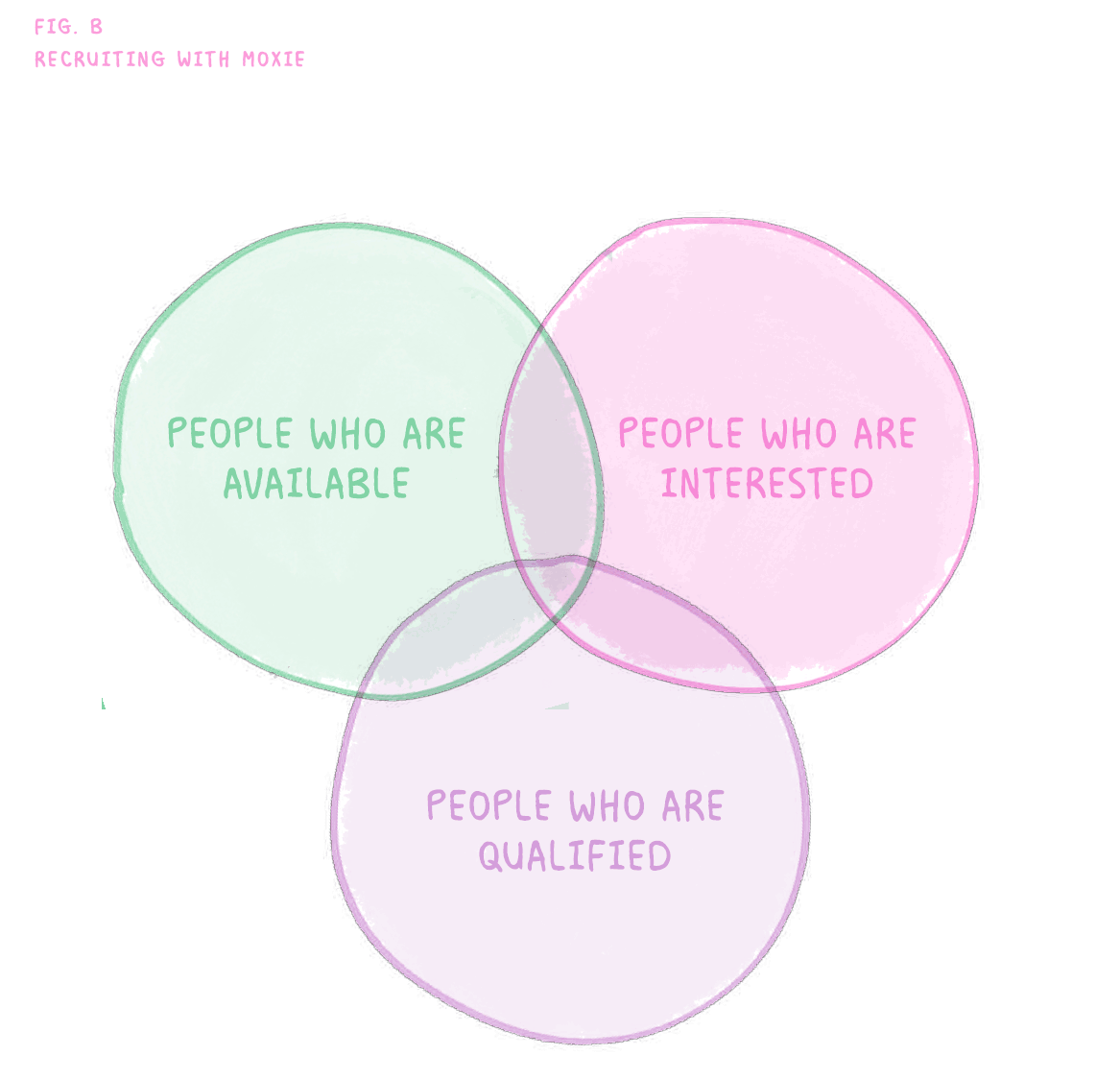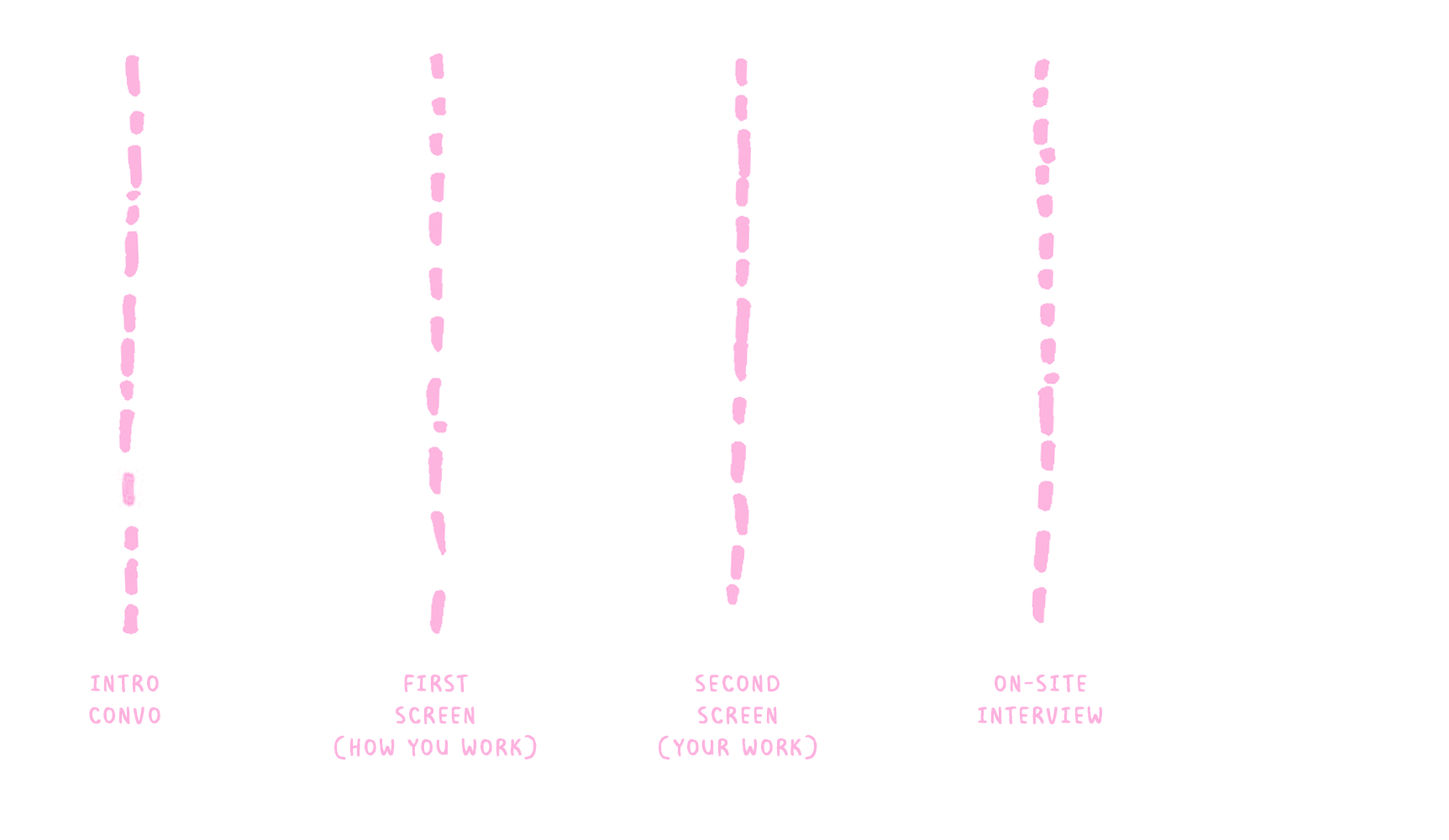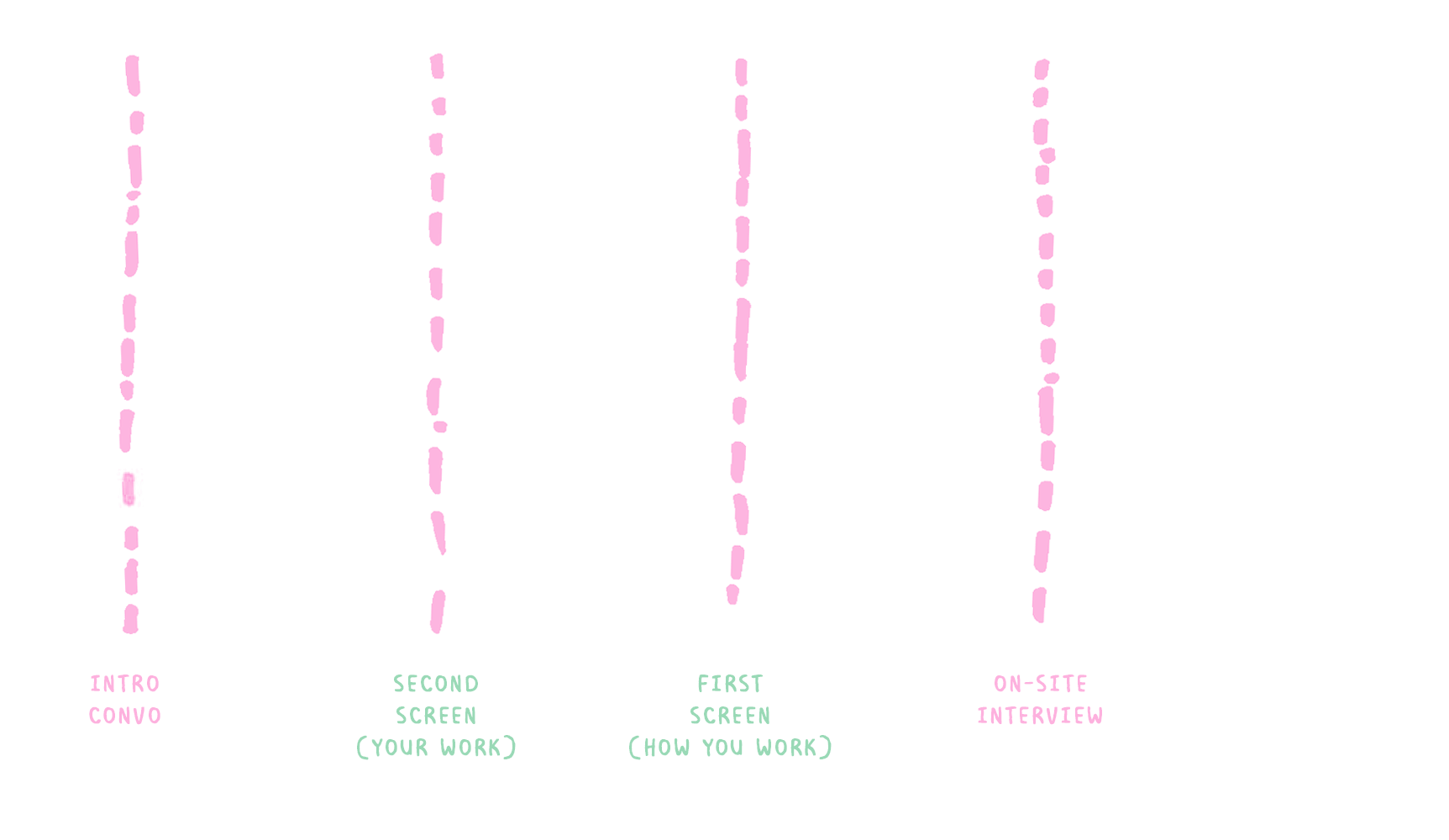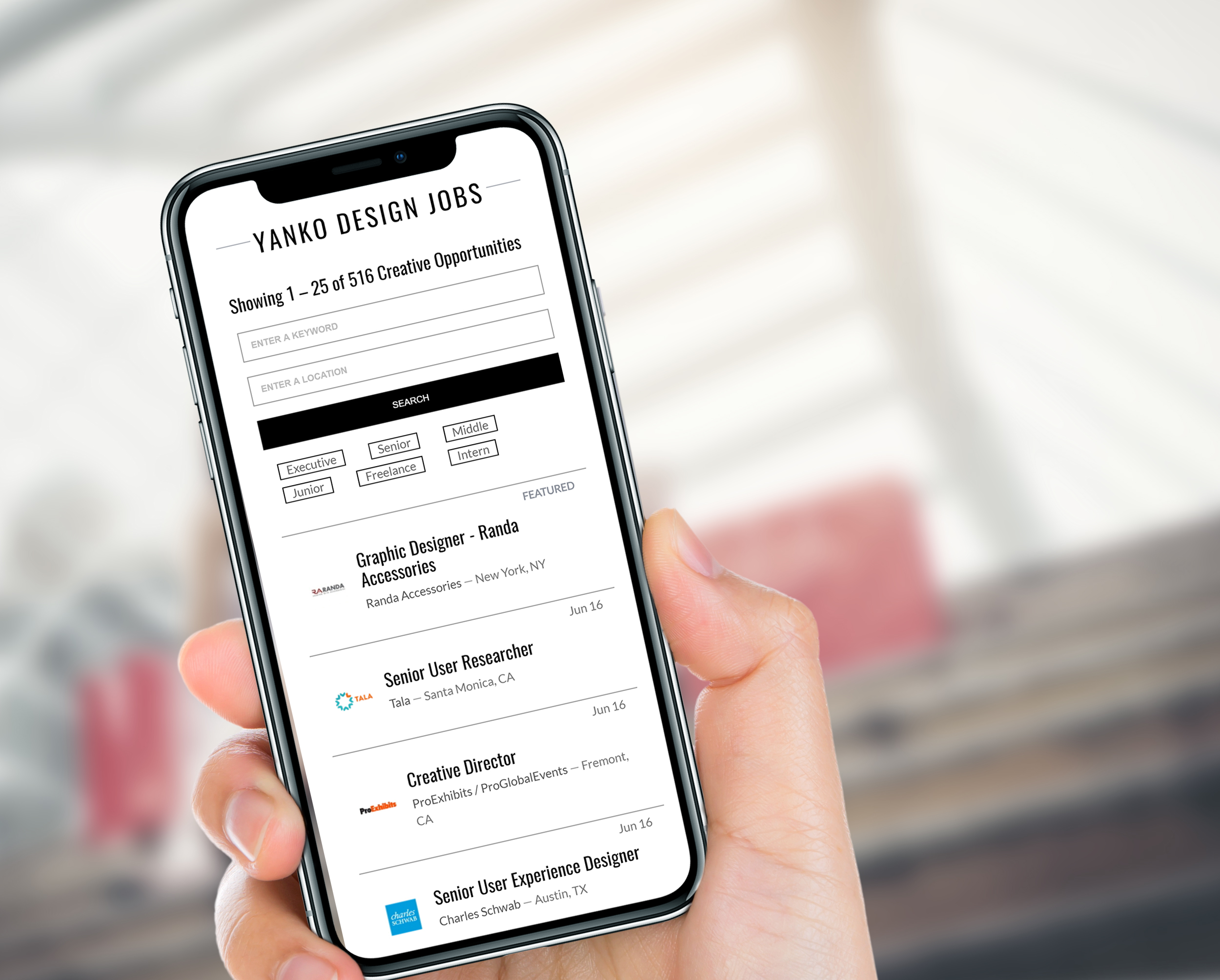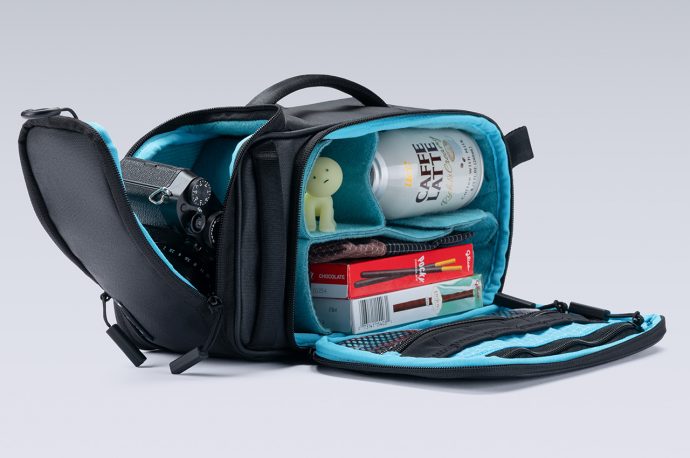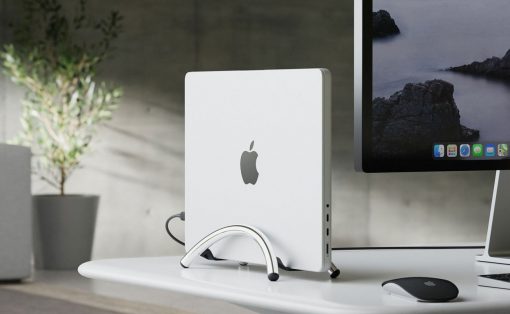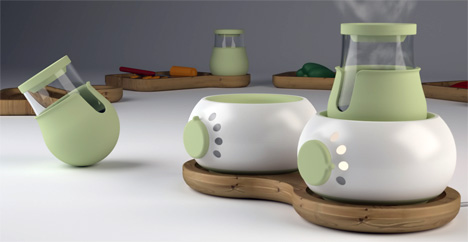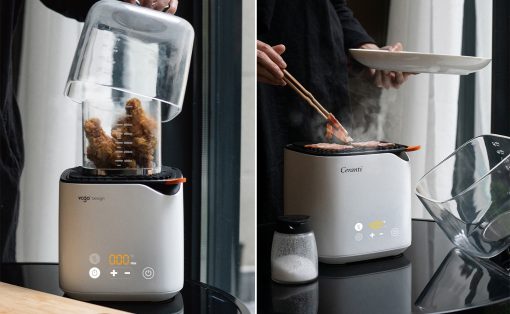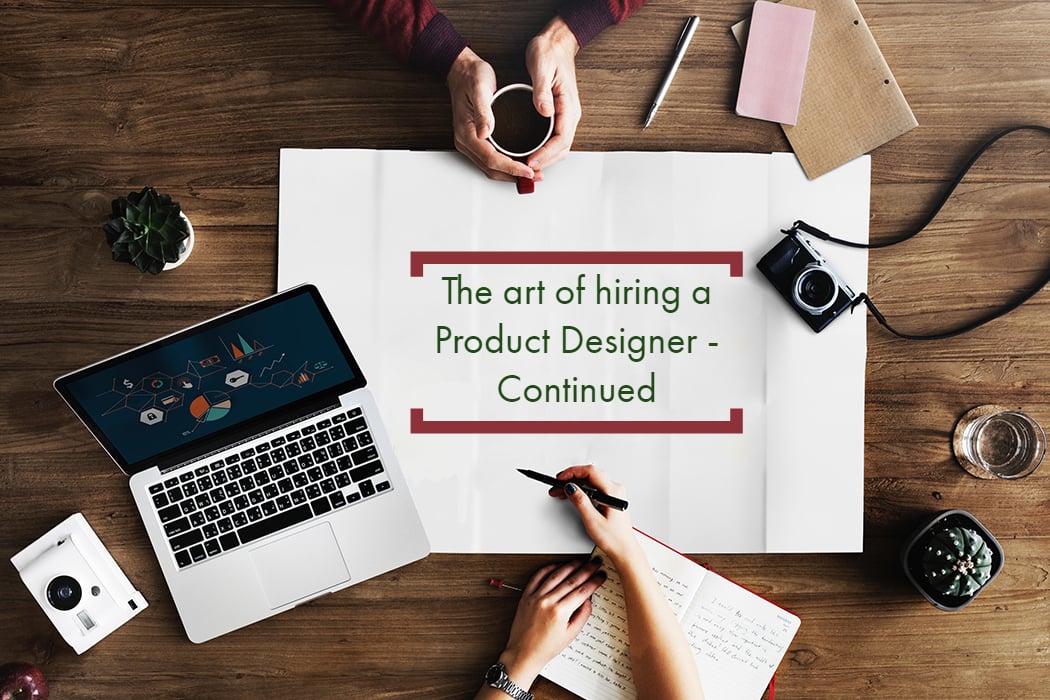 Design and designers are the buzz words in today’s workplace environment. We know that the usual metrics of evaluation for a candidate don’t directly apply to the design demographic. It’s about finding a designer that blends into your work culture and design aesthetics seamlessly.
Design and designers are the buzz words in today’s workplace environment. We know that the usual metrics of evaluation for a candidate don’t directly apply to the design demographic. It’s about finding a designer that blends into your work culture and design aesthetics seamlessly.
P.S. – Recruiting a designer? Yanko Design Job Board will connect you to the designer that integrates with your design sense.
Post a Job now!
The first part of this series spoke about the thought process that changed the way the Buzzfeed office hires designers. The approach they took is personal and involves the designers, which they believe led to better hires. The second part, given below, details the process they followed in vetting the candidate to ensure he is a valuable investment of the time consumed by the process.
Sourcing & Screening
In my previous post I stressed how design has taken ownership of the entire hiring process, from end to end. To get a better understanding of what I’m talking about when I describe “the process”, here’s a diagram of what a candidate would experience when they interview at BuzzFeed:

In this post, we’ll cover the first half of this process: how we find and screen potential candidates.
Sourcing
One of the biggest changes we’ve made in our process is we have stopped publicly posting Product Design job listings on BuzzFeed.com. This may seem counterproductive— after all, BuzzFeed does get a lot of traffic. The problem is that “Product Design” is still a relatively new field, with a title that can be easily misinterpreted for adjacent roles. When we did publicly post listings for Product Design roles on BuzzFeed.com, the majority of the applicants were product managers, marketers, graphic or editorial designers, illustrators, physical product designers, and even mechanical engineers. Digital product designers were a scarce minority, and coming across them in the pool of applicants was much like finding a needle in a haystack. Instead, we recently set-up a casual google form for applicants which can be accessed through Medium, a platform which tends to attract a higher percentage of product designers than our own site.
Aside from the time we save from not having to manage a pool of ineligible applicants, not relying exclusively on external job listings has forced us as designers and design managers to proactively reach out and build up diverse professional networks. We can’t blame it on the pipeline if underrepresented candidates don’t apply to work at BuzzFeed. The onus is on us.
We find many of our prospects through Twitter, Medium, and yes, even Dribbble. For better or worse these sites have a reputation as cesspools of self-promotion, but that’s why they work for sourcing candidates. In fact, all of these platforms have been a more valuable recruiting resource for us than the de facto professional networking site, LinkedIn. While Dribbble offers quick transparency into a designer’s visual chops, Twitter and Medium are where we find written content about a designer’s work. Ideally through these sources we are also able to find a designer’s portfolio in order to get a more in-depth understanding of their process. These artifacts give us more insight into a designer’s thought process, execution, and approach to design than the standard résumé.
We also discover prospects when they’ve engaged thoughtfully with us on any of these platforms.
At BuzzFeed, our internal tools are some of the most impactful products we work on. Designers who expressed either their experience or their interest in tackling these complex workflows got our attention and were added to our list of prospective candidates to reach out to.
Let me illustrate how this proactive approach to recruiting actually increases your reach to potential candidates, compared to a more reactive approach that relies exclusively on incoming applicants:
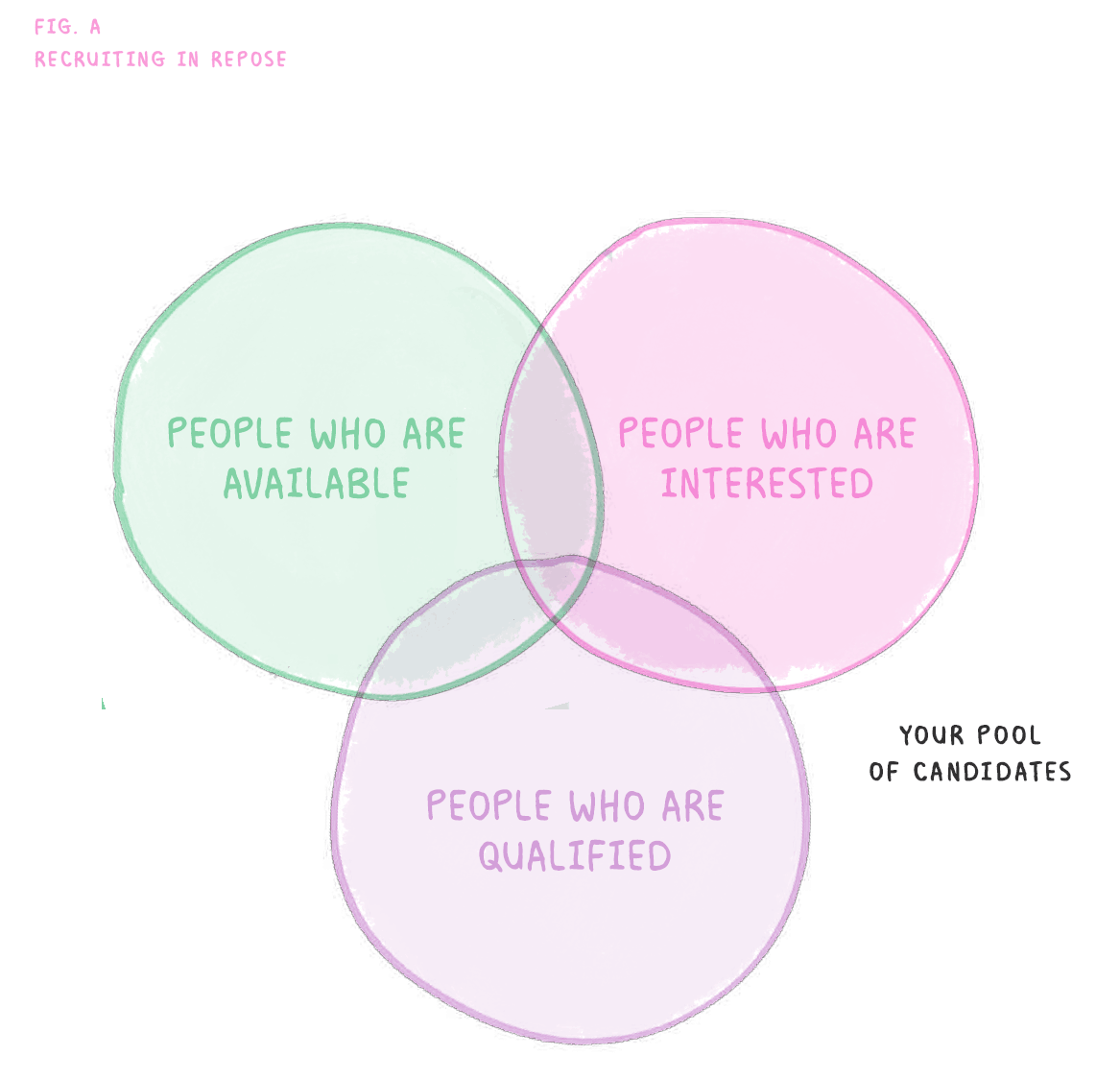
When you rely entirely on incoming applicants, you’re limiting your candidate pool to the small cross-section of people that are qualified, interested, and available. Even if you have a decent number of applicants that meet these criteria, your pool is constrained to the local maxima.
Proactively reaching out to qualified candidates and doing your part to convince them of the reasons why they should be interested is an effective way to grow your base of potential candidates.
This isn’t to say that prospective candidates shouldn’t apply for the jobs they want and instead wait to be reached out to. Personally, I wouldn’t even be at BuzzFeed if not for applying online. It’s also not our intention for it to feel like this job is exclusive to those already within our network— quite the opposite. What we want is to provide prospective candidates direct access and communication to us, the hiring managers for these roles. So if you’re reading this and interested in a design role at BuzzFeed, feel free to directly reach out to me, Cap, Caylee, or Tom. We want to talk to you!
Reaching Out
Honestly, there’s kind of an art to writing emails to prospective candidates that actually earn a response. Especially when reaching out to candidates who aren’t actively looking for a job. Interviewing is often a risky, anxiety-inducing, and vulnerable process. You need to convince someone who is currently in a secure position to take a risk and open themselves up for potential rejection. The best way to do this is by being genuine, detailed, and doing the due diligence of actually learning about them before reaching out.
Let’s look at this recruiting email I recently received as an example:
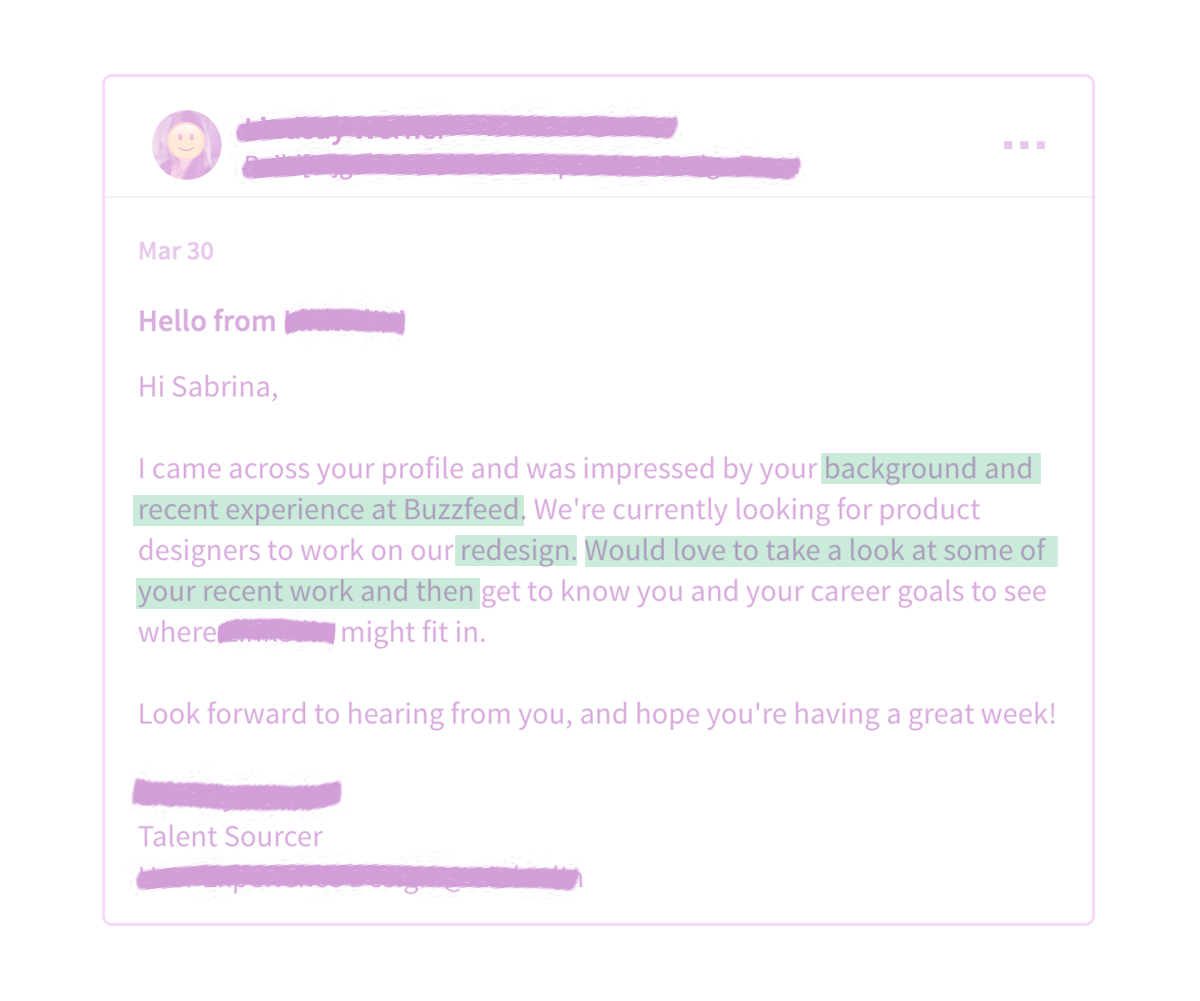
This is by no means a bad email and if I were already interested in the company it could very well work. Assuming I’m not, I’ve highlighted a few areas for improvement. First, the recruiter mentions being impressed by my background and experience at BuzzFeed. My public LinkedIn profile makes it clear that I’ve had recent experience as both an individual contributor designing apps and as a design manager. The lack of specificity here makes me think that the recruiter hasn’t spent much time actually assessing my background. Second, the recruiter mentions a redesign but doesn’t identify what platform or audience the redesign is for. There’s an implied assumption that I’m also familiar with the company’s work. This makes it hard for me to identify if I’m a good fit for the role, or if it’s an area I’d be interested in growing in. Third, instead of offering me a chance to learn more about the role and get the information I need, I am asked to put together work samples to send over for evaluation. For designers who aren’t actively looking, putting together an up to date and well-documented portfolio is a time-consuming process and the recruiter here hasn’t yet convinced me it’s worth the effort.
Here’s how I would have re-written the email:
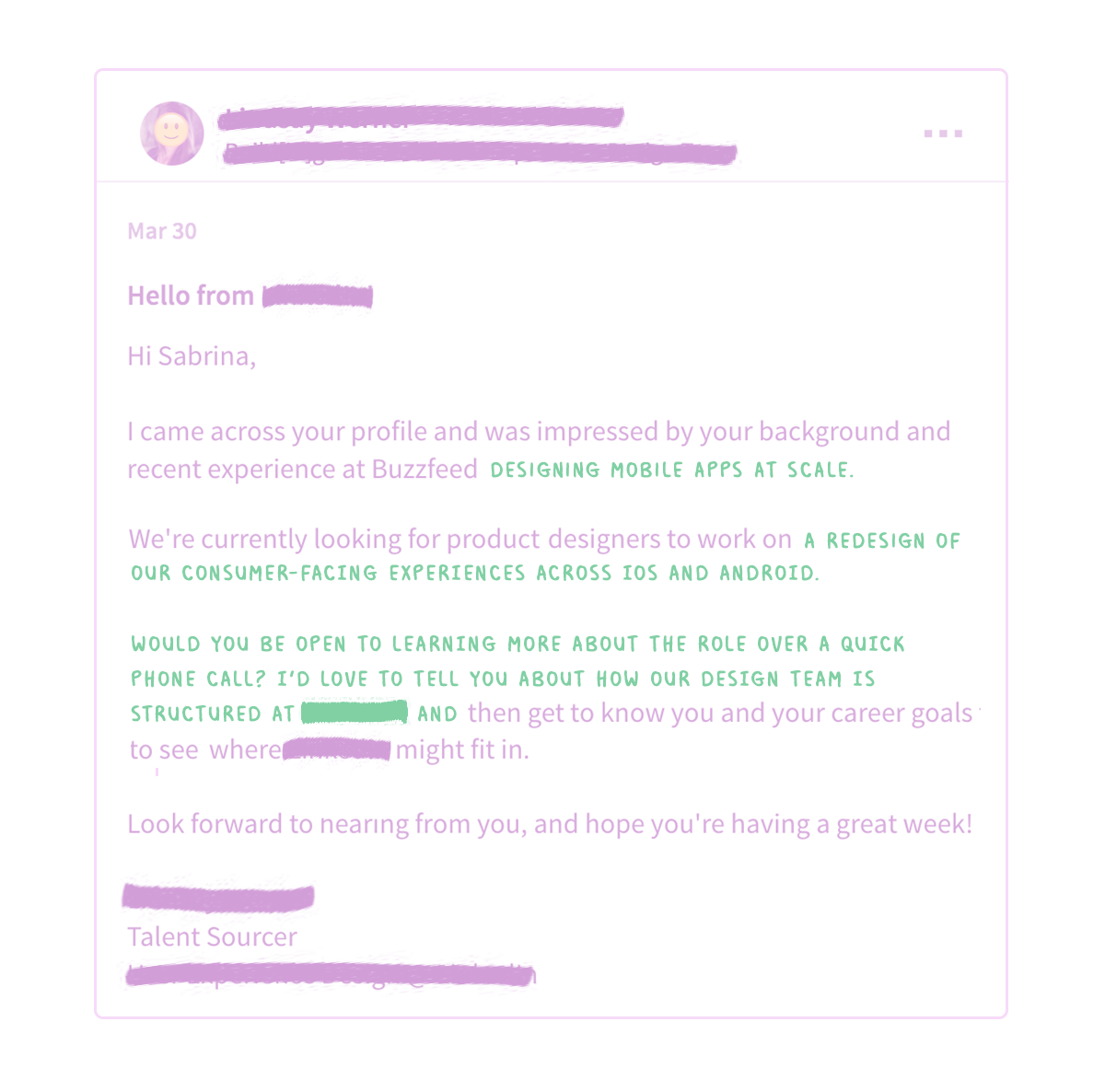
Ideally, what I want to get out of an email like this is a high-level connection between my experience and the company’s current needs and a low-risk opportunity to learn more before deciding to formally pursue the role.
As designers we know that by considering our user’s goals and tailoring experiences around them we can better meet our company or client’s business needs. The same can be applied to recruiting. Be mindful of the candidate’s goals and thoughtful in your communication from the very beginning of the recruiting process to the very end.
Playing The Long Game
I’m of the philosophy that we should always be ‘recruiting’, even if we’re not actively hiring. We don’t need to constantly reach out to individuals or send cold emails, but we should be periodically engaging with the design community. Some examples of how we do this are through hosting meet-ups like Design Driven, open-sourcing our work, and writing about our process. These are all opportunities for us to share both our work and design philosophy with the industry at large, in hopes that it will connect us with like-minded individuals who we could reach out to whenever we need to grow the design team.
If you wait until you have a role that needs filling to take on these types of endeavors, it’s going to take considerably longer before they start working to your advantage. Think of it like an investment. You may not see the return from the first hire, or even the second, but at some point you may notice that more and more people are responding to your cold emails. They’ve heard good things about you, they’re fans of what you’re doing over there, and they want to learn more.

Screening
After we’ve gotten confirmation that a prospect we’ve been talking with is interested in interviewing for the role, the next step involves two screens in order to vet the candidate before bringing them in for an in-person interview loop.
Prior to November, we had been doing a discussion-based “first screen” that focused on teamwork, collaboration, and process. If we felt like the candidate’s approach to design and work was aligned with ours, we would then do a “second screen” in which we ask the candidate to walk us through examples of past work so that we can evaluate their design decisions as well as how they came to those conclusions.
We recently flipped the order of these two screens, after seeing a pattern where many candidates were easily making it from the first screen (“how you work”) to the second (“your work”), but very few were passing the second screen and going onto the on-site interview loop.
While it seemed logical to arrange the screens in order of increasing difficulty, therefore progressing from a more casual conversation to a review that one has to prepare for, our hiring funnel began to look like this:
When ideally, it should be closer to this:
One possible explanation for this pattern is that our “first screens” weren’t thorough enough, and that’s something we’re currently iterating on. The other is that one of these skill sets is more of a pre-requisite than the other, and for a designer, frankly, that’s the ability to execute. If a candidate’s design work doesn’t meet our expectations then ending the conversation there seems like a fairer and more efficient use of everyone’s time.
After we made this change, the initial contrast of seeing so few candidates make it to the second round in the process seemed alarming. Then I realized that before what we were actually seeing was a lot of false positives, and in fact our new process was doing its job in helping us identify the best fits for the roles we were hiring for.
Sometimes, if we feel like we need to gather more information about a candidate, we may ask them to do a take-home design exercise before bringing them in for an interview loop. We compensate people for this exercise and try to pick an abstracted prompt that doesn’t require a lot of internal knowledge. We also try to pick a problem that we aren’t currently thinking about today, as we might then fall into the trap of comparing their solutions to our own. A good example of when we might ask someone to do a design exercise is if we feel they have potential, but their existing work may be impacted by forces outside of their control, such as limited opportunities for design in the company’s process and organization. The design exercise is an opportunity to see how a candidate would approach a problem independently of their current company’s structure.


